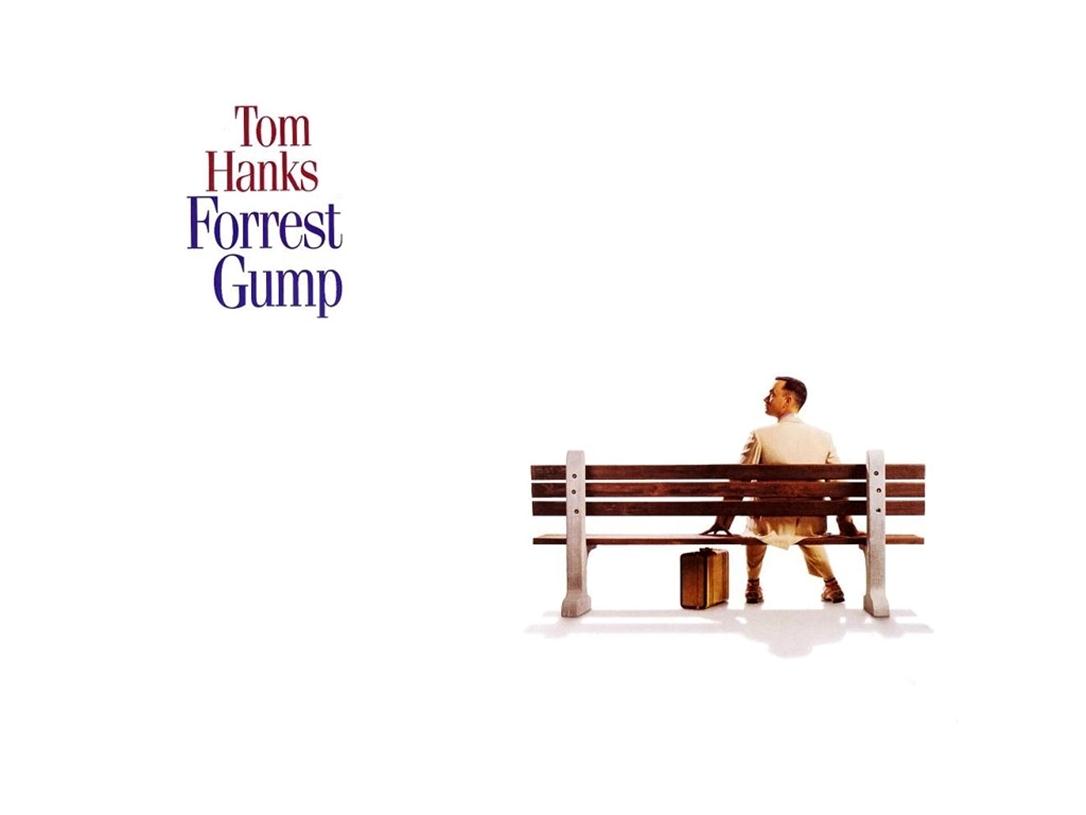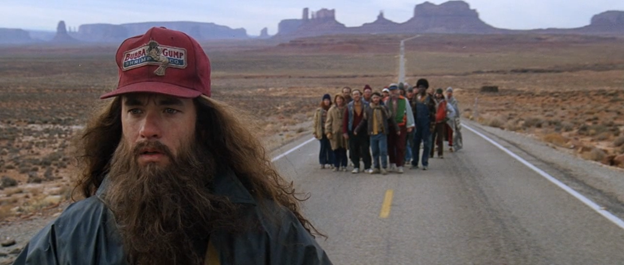Should We Abolish Medical Conferences?
May 14, 2012 in Daily Bulletin, Signature

In theory medical conferences “aim to disseminate and advance research, train, educate, and set evidence-based policy” yet John P. A. Ioannidis argues that they should be abolished. Here’s why:
- Travelling to the conference imparts significant environmental costs. One estimate suggests that each mid-sized conference produces 10,000 tons of carbon.
- The conferences create a branding system where those with high reputations get more attention. But this might mean that attention is given to those that know how to effectively navigate power circles rather than those that produce the best research.
- The information disseminated is often not properly peer reviewed and instead the conference is used by participants to pad resumes.
- Medical conferences may go extinct on their own: if physicians no longer pay attention, if people no longer attend, and if they no longer receive funding then they will naturally die out.
- A better alternative would include small, focused groups of experts.
To read about the “virtual online late-breaker portal” that could be created to replace some of the functions of conferences, why medical conferences might discourage young researchers from focusing on what counts, the questionable peer review that takes place at these conferences, and how the issue of conflicts of interest is dealt with at these conferences, click here.
Source: JAMA
Via: Chris Blattman, Common Health




















Join the Discussion! (No Signup Required)